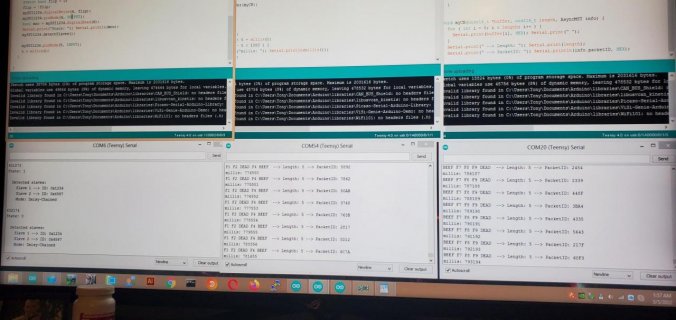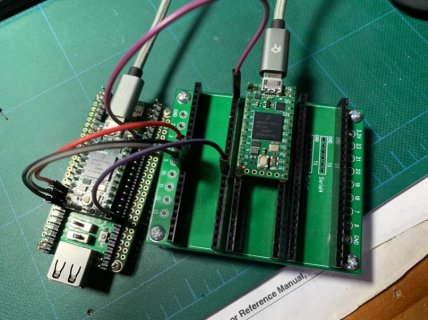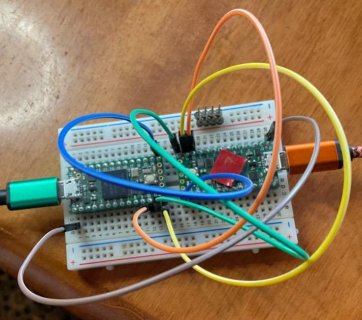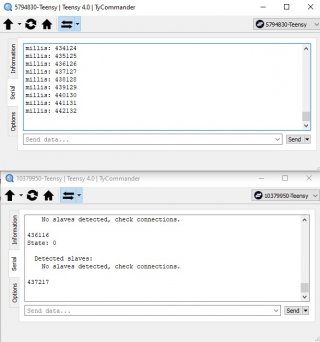mjs513
Senior Member+
Hello Paul & all,
I purchased and appreciate hundreds of TEENSY 3.2 for professional use, and at present, delivery delays from TENSY 3.2 suppliers are exploding. (about 15 April !).
But TEENSY 4 and 4.1 are largely in stock, not sold. Why ?
I think I have an explanation : Although the TEENSY 4 and 4.1 have very interesting speed power, they lack compatibility with previous models.
Mainly concerning the 8 bits parallel Input-Outputs ports, who no longer exists in TEENSY 4.X.
personnally, I purchased only 1 4.0, and don't intend to purchase more, only for this reason. It's really a pity.
I don't want to use SPI complex and unusefull InOut process, which introduces large EMI risks for very high speed serial Input Output.
I mentionned this lack in several posts, without any positive result.
It was so easy to respect the previous pin functions. Remember that the pins used for unusefull extra memories could have been easily used for 2 parallel ports.
Second remark : I don't understand why PJRC don't design a professional video board, as the Techtoys HDMI board, unfortunetely unavailable now, or the Gameduino, which runs hardly with a 4.0 without standard touchscreen input. There should be a huge market for such boards. With available components.
Best regards,
Pascal Leray
Well you can still use parallel ports on the Teens 4. Personnaly never tried it but you might be interested in reading this thread: https://forum.pjrc.com/threads/57698-Parallel-IO-is-it-possible?p=216501&viewfull=1#post216501. You might be interested in this thread as well - https://forum.pjrc.com/threads/6822...-using-FlexIO?highlight=parallel+port+display






